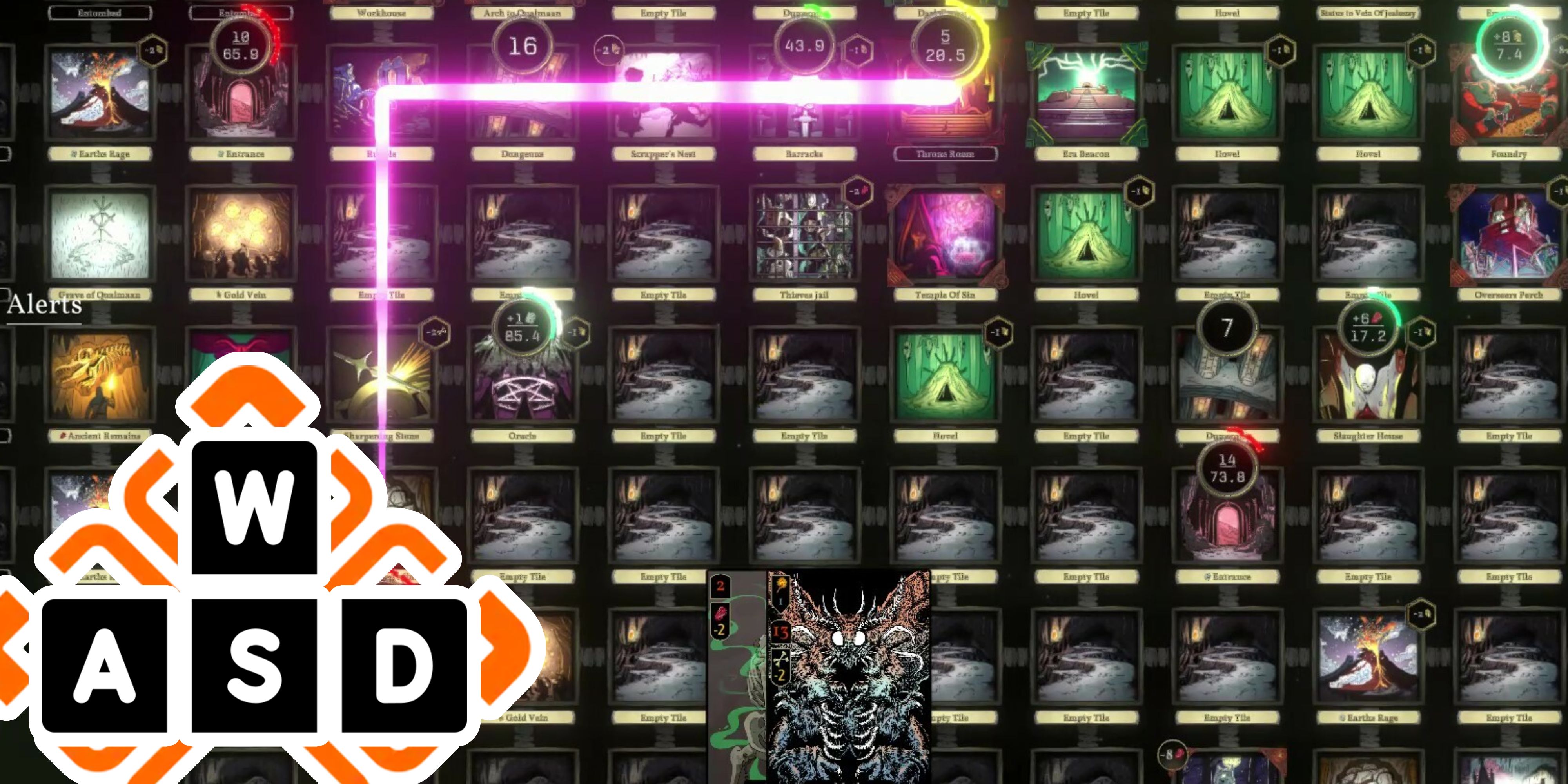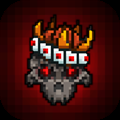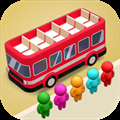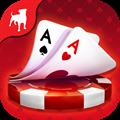The Deadly Path Preview And Interview: "You Will Die And It Will Be Your Fault"

Summary
- Build a tile-based world in The Deadly Path, balancing resources, defending against threats, and adding tower defense elements.
- Creator Tim Sheinman prefers the cheaper, versatile style of tile-based games, focusing on gameplay over storylines and lore.
- Immerse yourself in The Deadly Path's dark fantasy world with sound effects and distinct design elements, but expect a challenging gameplay experience.
The Deadly Path is a strategic survival management game all about building a tile-based world. Each tile represents a different area, and you can build appropriate structures on each one, as long as you have the resources required.
At WASD, an indie games conference in London, we had the opportunity to play The Deadly Path and speak to creator and Owlskip Enterprises founder Tim Sheinman about his tile-based vision, and how much he loves the sound effects that go into creating games like this.
RelatedThe Holy Gosh Darn Interview: Ozan Drøsdal Talks Dialogue Skipping Mechanics And Why He Hates The Word Quirky
Ozan Drøsdal tells us about The Holy Gosh Darn, the final part of the Tuesday Trilogy.
Posts“The Deadly Path is its own thing, but it's fundamentally got a lot in common with games like Stacklands, Cultist Simulator, Against The Storm, [and] Dome Keeper; all games where you're going up against it,” explains Sheinman. “We do everything using tiles, cards, and timers, so it's a very abstracted game, but it brings pressure, interesting choices and allows us to be really versatile.”
When playing the demo I was surprised how easily the game came together. It all looks a bit daunting at first, but you just need to think of it as something like Dungeon Keeper, but in the style of Catan or Forbidden Island.
Speaking to Sheinman about the style, he’s brutally honest about why he prefers it. “I mean, the short answer is it's cheaper,” he says. “The other nice thing about it is you just get to play with a toy set that's extremely and easily extendible. As a developer, [I] get to make stuff in about a year that might take other people seven or eight years, so I get a lot of fun, and I get to keep it cheap.”
The Deadly Path’s world is made up of several locations, and each one has a specific use.
As with any management game, you’ll gather resources which need to be balanced, and defend your base against threats. Paths come into play once enemies are introduced. They’ll appear through gates you uncover and take the most direct path to the heart of your base. You’ll need to track these paths and add defences, which introduces tower defence elements to The Deadly Path’s growing smorgasbord of genres.
Sheinman is all about gameplay, something that remains his focus throughout. When asked about storylines and lore he simply says, “I didn't get into games to read, but essentially it's a dark fantasy in the manner of heavy metal stylings of things like 2000 AD, classic Terry Pratchett, Douglas Adams, and we get into Dungeon Keeper, British humour and fable.”
Despite the lighthearted inspirations, The Deadly Path is far more metal than mild, especially when it comes to the design.
We've had to fight our battles. I did have to ask my artist to incorporate less nudity into the god designs, and we've had some issues with my stomach-churning building design as well.
“We're just trying to walk the line.," Sheinman explains. "I think Steve Martin said, ‘comedy is about making people laugh without making them puke’. And in some ways, our game design is much the same.”
The end result is a style that really works well. There is gore, but the 2D design takes the edge off it, and reining in the nudity has given way to artistic but tasteful portrayals of gods. The timers and progress bars add a feeling of things moving along constantly, too. Once you switch your brain from 3D city sim to 2D tabletop it all falls into place, and you start to get fully immersed into this world and its distinct take on the survival management genre.
Despite Sheinman’s reluctance to read, The Deadly Path does feel akin to immersing yourself in a novel as you begin to build up a 3D image of what is on each tile. The immersion is made more impressive by the creative addition of plentiful sound effects.
“I come from an audio background,” he tells me as he starts hunting through the sound library on his laptop for examples, eager to share his creations. “I just go for big horror hits. Something like the rack, [and] insect screaming is always great. I try and keep it real. This is what makes me get out of bed in the morning. Just a lot of screaming and endless slamming. A nice mixture of dark fantasy crunchy stuff.”
While I found the early levels not too punishing, Sheinman firmly tells me not to expect that feeling to last. “My slogan is ‘it's a game where we will distract you with shiny things and then punch you in the face’ and [players] should know that they will die,” he says. “It will be their fault. And they will want to come back and do that again. Also, you can never blame the developer. Do more, do better, get gooder.”
NextChildren Of The Sun Interview: Creator René Rother On His Unique Vision
René Rother tells us about Children of the Sun, a game that has to be played to be understood.
Posts












